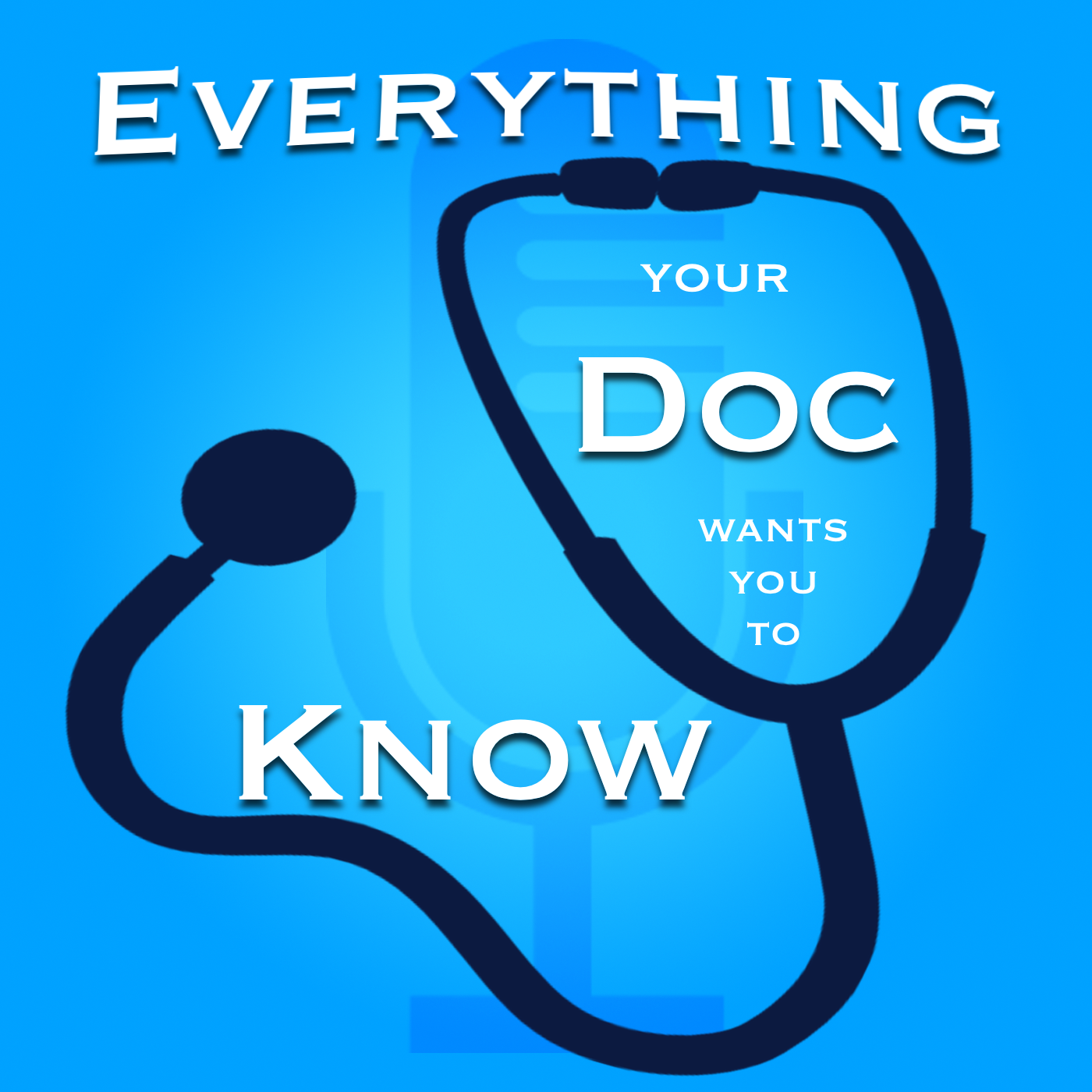4M's To Discuss With Your Physician
Description
Episode 34: the 4M’s
4M’s to discuss with your physician: Medications, Mobility, Mentation, Matters Most (what Matters Most)
Help shape patient-centered care
Reduce hospitalizations, decrease the need for care
Mobility - evaluate yearly
Measures:
Gait speed is one measure (slower than 1 m/s increased risk of falling, increased risk of hospitalization)
Timed get up and go
Balance evaluation by physical therapy
Getting up from chair without using arms
Next step:
Home exercise program (NIH healthy aging)
Physical therapy
Multi-disciplinary falls and stability clinic
Driving
- Multiple falls indicate increased risk for driving safety issues
Everyday movement is important to maintain mobility
Home exercises, Youtube exercises
Medications
Beer’s list - potentially inappropriate medications for older adults due to risk of side effects
Examples include benadryl, benzodiazepines, narcotic pain medications, some seizure medications
Need to look at benefits versus side effects
Evaluate for “prescribing cascades” - one medication is used to treat a side effect of another medication, and then another medication is used to treat side effects of that medication.
Polypharmacy - more than 6 medications is polypharmacy. More medications = more side effects and medication interactions. Deprescribing can help with this.
Goals of care can help determine which medications are adding value
Matters Most
It’s important to discuss what’s important and what makes life worth living, then delve deeper.
“What could you live without and still feel you have good quality of life?” Focuses on quality of life rather than just quantity
Patients can bring this topic up by bringing in an Advance Care Directive or Polst form, or mentioning this as a goal of the visit
Evolves depending on stage of life
Mentation
Assessment of memory and cognition, as well as mood
Generally we evaluate cognition when family brings up a concern or clinician notices a change
Can be done as part of Medicare Wellness Exam
Depression and anxiety can look like physical symptoms and cognitive changes in older population
Next steps if a concern is present:
Evaluate medications, which can impact cognition and mood
Obtain more information from screening tests, family members
Consider referral for further testing; this isn’t required to make a diagnosis
Neuropsych testing can distinguish between depression, anxiety, dementia
References
NIH National Institute on Aging: https://www.nia.nih.gov/health/exercise-physical-activity
Deprescribing: http://www.deprescribing.org
https://www.cdc.gov/aging/pdf/acp-resources-public.pdf
https://polst.org/
Health pearl: Get your influenza vaccines! They’re very important this year.
More Episodes
Physicians Lindsey and Kirsten are back with a new topic. They discuss the concept of life space, the area in which one conducts life activities. Studies have demonstrated that larger life space positively affects health. Lindsey and Kirsten discuss the benefits of a larger life space and explore...
Published 01/10/22
Published 01/10/22
In this episode we discuss shoulder pathology including impingement, adhesive capsulitis, arthritis of the shoulder, and rotator cuff injuries with physical therapist Lindsey Sandbeck. We review what to expect from a PT evaluation, as well as non-operative and post-operative physical therapy....
Published 06/16/21


